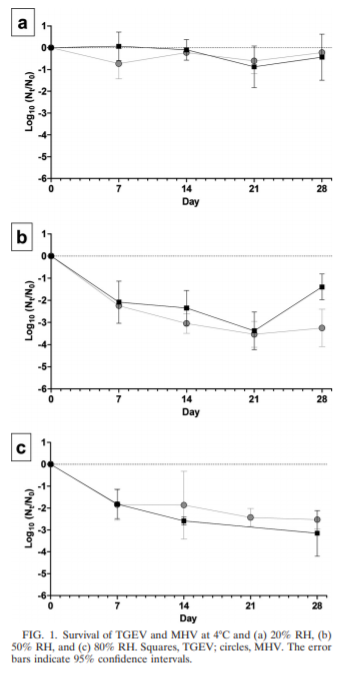Humidity is a measure of how much water or moisture there is in the air. Many people with asthma have more complaints when the air is humid. When people speak about humidity, they actually talk about ‘relative humidity’. This is the percentage water in the air, compared to the maximum amount of water the air can hold given the current temperature. When the weather is hot, the air can contain more water than cold air. So, the same relative humidity of say 60% might feel more wet on hot days than on cold days. How does humdity affect asthma?
Importance of humidity
Many people find a humidity of 30-60 percent comfortable. During the hot summer months, many people feel that a humidity level of 55% is comfortable. Above this level, the air is considered humid. Because sweat doesn’t evaporate enough to cool you off, you feel hot and sticky when the air is humid. Above the level 65% is felt as oppressive.
But also: humid air is harder to breath. That can be a problem if you have asthma. Many people with asthma feel that a humidity level above 65% may worsen their symptoms of asthma. When you have asthma, it is more difficult to pull enough air into the lungs, because your airways become narrow. This may cause feeling of shortage of breath or wheezing and coughing.
3 Ways Humidity worsens Asthma
Allergens, chemicals and strong scents are common triggers for people who suffer from asthma. But high humidity can be also just as troublesome.
People with asthma have inflamed airways that are sensitive to things that may not bother other people. That’s why humidity, and all that comes with it, can be a problem for people with asthma. Here are some reasons why.
- Humid air feels harder to breathe in
- Humidity may worsen air quality
- Humidity can mean very high temperatures
Humid air feels harder to breathe in
Hot, humid air may feel heavier and denser and thus harder to breathe in. Besides, humidity may activate sensory nerve fibers in the airways. These C-fibers may narrow the airways and stimulate coughing, which makes it difficult to breathe. Besides, when heat and humidity make the air harder to breathe, the body temperature can go up. This causes sweat, which can lead to dehydration. This can lead to make you breathe faster. These factors may trigger asthma symptoms.
On the other hand, when the air is very dry -a relative humidity is less than 15%- it may also lead to coughing when you’re asthmatic. When the air is very dry, the mucous membranes of the respiratory system may dry out. These membranes line your lungs and respiratory system. This leads to an increased risk for infections from viruses: due to the decreasing natural defense from influenza or the common cold virus. Dry mucous membranes may aggravate allergy symptoms and worsen asthma symptoms (most asthmatics have also allergies).
Humidity may worsen air quality
Humidity can also trigger asthma because moist increase levels of mold, dust mites, ground-level ozone. Those are known as asthma triggers.
When the humidity level is higher than 50 percent, mold might begin to grow. Mold is often found at damp places. If you are sensitive for mold, it may trigger your asthma.
Dust mites are also a problem inside when humidity is high. Dust mites live in furniture, carpets, etc. If the humidity in your home is higher than 50 percent, dust mites thrive and multiply themselves. Their dead bodies and waste may trigger asthma.
Heat and Humidity may also lead to stagnant air from pollutants (like ozone), allergens (dust, mold, dust mites, pollen) and smoke. This may also trigger asthma symptoms.
Asthma worsens feelings of well-being and productivity
For people suffering from asthma, poor humidity levels don’t affect only the feeling of well-being. It has effects on your productivity. An international study in the Journal of Asthma and Allergy shows: “The average percentage of work hours missed in a single week due to asthma symptoms was 9.3%, ranging from 3.5% (UK) to 17.4% (Brazil). Nearly three-quarters of patients reported an impact on their productivity at work caused by asthma. Overall work productivity loss (both time off and productivity whilst at work) due to asthma was 36%, ranging from 21% (UK) to 59% (Brazil). When asked how asthma made participants feel at work, many respondents highlighted how their respiratory symptoms affect them. Tiredness, weakness and mental strain were also identified as particular challenges, with respondents describing concerns about the perception of colleagues and feelings of inferiority”
Control your humidity level
Humidity levels can worsen asthma in 3 ways. It doesn’t only affect the feeling of well-being, but also productivity. Thus, it is very important for offices, schools, institutions etc. to assure that humidity levels are being kept on levels where children, employees, visitors feel most comfortable. Smart sensor solution like the AirGuard help to monitor the indoor air quality.



